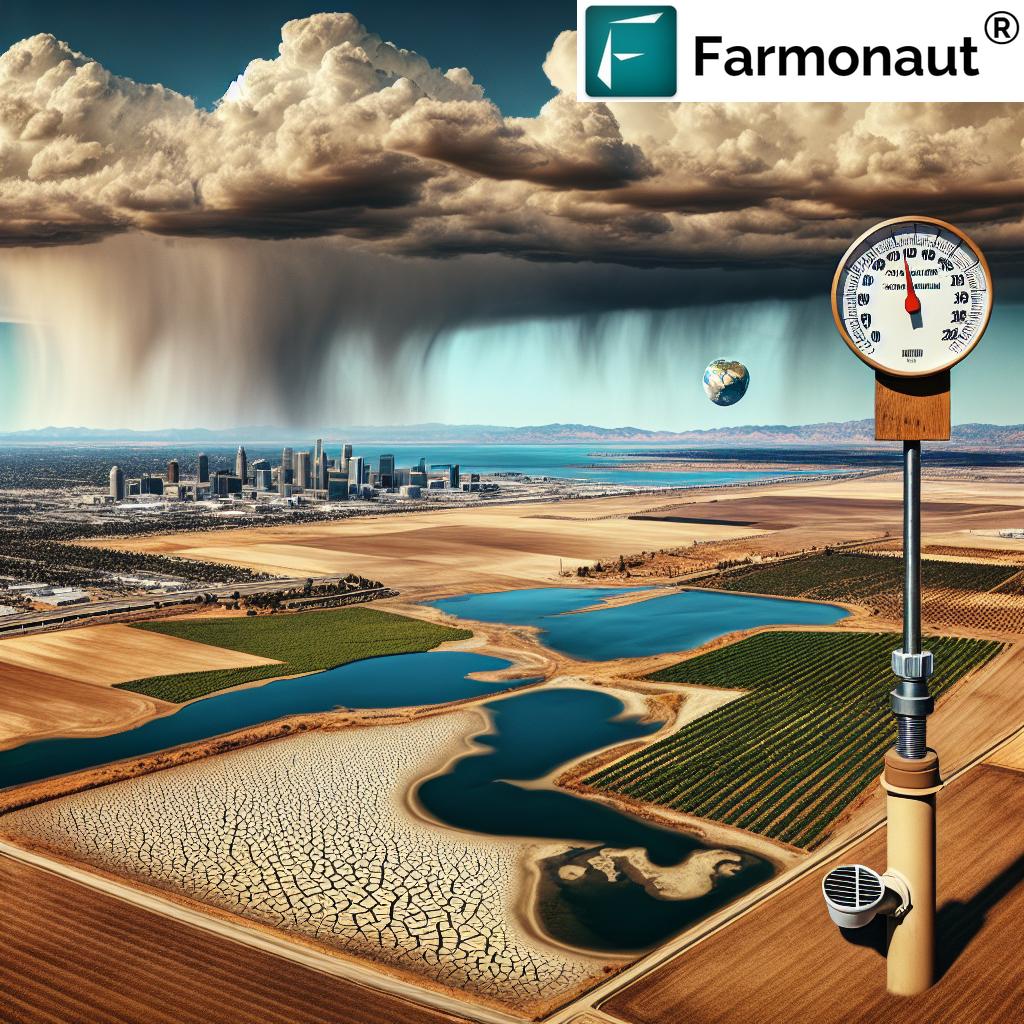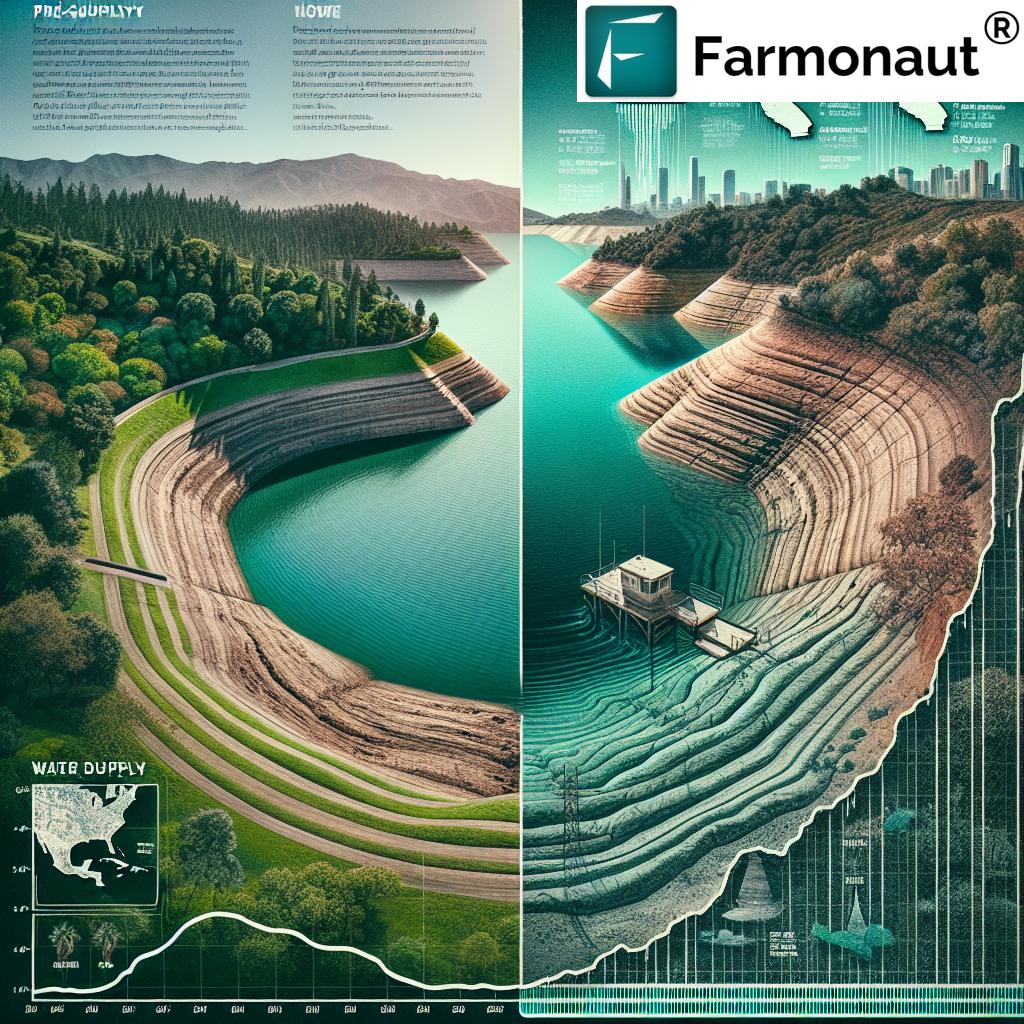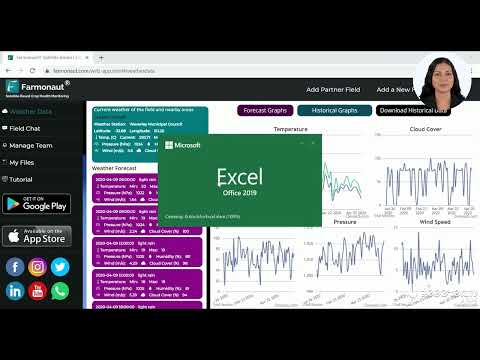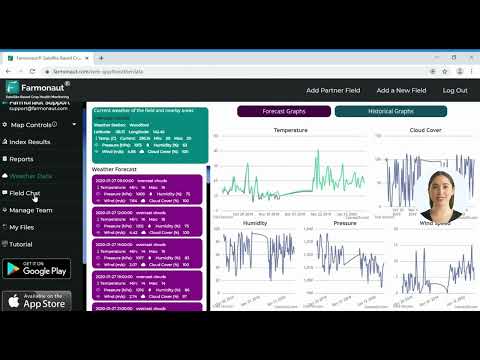San Diego’s Water Deficit: Navigating Drought Conditions Despite Recent Storms
“San Diego’s current water year shows a 79% rainfall deficit, receiving only 1.27 inches compared to the normal 6.03 inches.”
As we delve into the complexities of San Diego’s water situation, it’s crucial to understand the intricate balance between recent storms and persistent drought conditions. Our beautiful coastal city, known for its Mediterranean climate, faces ongoing challenges in water management that require our attention and action.
Understanding the Water Year
Before we dive deeper, let’s clarify what we mean by the “water year.” Unlike the calendar year, the water year runs from October 1 to September 30 of the following year. This timeframe provides a more accurate way to track rainfall patterns without disrupting winter precipitation data.
Currently, San Diego finds itself in a precarious position. According to the National Weather Service, by this point in a typical water year, we should have accumulated about 6.03 inches of rain. However, since October, we’ve only received 1.27 inches at the airport. It’s worth noting that more than half of this precipitation came from last week’s atmospheric river storm.

The Rainfall Deficit
This stark difference highlights a significant rainfall deficit of nearly 5 inches. Despite the recent storm’s contribution, we’re still considerably drier than usual. This dryness isn’t a new phenomenon; we experienced minimal rainfall from last July through January, exacerbating our water challenges.
Drought Conditions and Their Impact
The persistent dryness contributes to drought conditions across San Diego County. According to the U.S. Drought Monitor, 100% of our county is currently experiencing severe drought. This classification extends to 21% of California as a whole, underscoring the widespread nature of this water crisis.
Severe drought conditions can lead to various problems, including:
- Strained water supplies
- Agricultural challenges
- Increased wildfire risks
It’s important to note that the Drought Monitor updates every Thursday, meaning the current statistics don’t yet reflect the impact of the recent storm. We anticipate some improvement in the next update, but the overall situation remains concerning.
La Niña and Its Influence
We’re currently experiencing a La Niña winter, which typically brings drier conditions to Southern California. The National Weather Service’s seasonal outlook aligns with this pattern, predicting abnormally dry conditions for our region.
However, it’s crucial to understand that weather patterns don’t always follow long-term forecasts or La Niña trends. In fact, we’ve witnessed extremely rainy winters during weak La Niña patterns in the past. This year’s La Niña appears to be weak, leaving room for unexpected weather events.
Water Supply Resilience
Despite these challenges, there’s room for optimism. The San Diego County Water Authority assures us that we have more than enough water to handle whatever this water year may bring. This resilience is a testament to our region’s ongoing efforts in water management and conservation.
“Despite recent atmospheric river storms, San Diego County still faces severe drought conditions, impacting water supply and wildfire risks.”
Climate Patterns and Local Resources
Understanding how climate patterns affect our local resources is crucial for effective water management. While La Niña typically brings drier conditions to Southern California, weak patterns can yield unexpected results. This variability underscores the importance of continuous monitoring and adaptive strategies in water resource management.
At Farmonaut, we recognize the importance of accurate weather data in agriculture and water management. Our satellite-based weather API provides real-time data that can be invaluable for farmers and water managers alike. For those interested in integrating this data into their systems, our API Developer Docs offer comprehensive guidance.

The Role of Technology in Water Management
As we navigate these challenging water conditions, technology plays an increasingly crucial role. Satellite imagery, AI-driven analytics, and advanced weather forecasting tools are becoming indispensable in managing water resources effectively.
Farmonaut’s platform offers valuable insights for agricultural water management. Our web app provides real-time crop health monitoring, which can help farmers optimize their water usage. For those on the go, our mobile apps for Android and iOS offer the same powerful features in a portable format.



San Diego’s Water Conservation Efforts
Despite the current challenges, San Diego has made significant strides in water conservation over the years. Our community has embraced various water-saving techniques, from drought-resistant landscaping to efficient irrigation systems. These efforts have played a crucial role in building our water resilience.
However, the current situation reminds us that water conservation must remain a priority. Every drop saved contributes to our long-term water security. As residents of San Diego, we all have a part to play in managing our precious water resources.
Impact on Agriculture
San Diego’s agricultural sector, known for its diverse crops and innovative farming practices, faces significant challenges due to the ongoing drought conditions. The water deficit directly impacts crop yields, soil health, and overall farm productivity.
Farmers are increasingly turning to technology to optimize their water usage. Precision agriculture techniques, such as those offered by Farmonaut, can help farmers make data-driven decisions about irrigation and crop management. Our satellite-based crop monitoring system provides valuable insights into crop health and soil moisture levels, enabling farmers to use water more efficiently.
Wildfire Risks and Water Resources
The persistent drought conditions also elevate wildfire risks across San Diego County. Dry vegetation and parched landscapes create ideal conditions for fires to spread rapidly. This not only poses a direct threat to communities but also puts additional strain on our water resources, as firefighting efforts require significant amounts of water.
Effective water management becomes even more critical in this context. By conserving water and using it judiciously, we can ensure that sufficient resources are available for both everyday use and emergency situations like wildfire suppression.
San Diego Water Year Analysis: Current vs. Normal Conditions
| Metric | Current Water Year | Normal Water Year |
|---|---|---|
| Rainfall (inches) | 1.27 | 6.03 |
| Drought Level | Severe | Minimal to None |
| Reservoir Levels (%) | 60% (estimated) | 85% (typical) |
| Agricultural Impact (scale 1-10) | 8 | 3 |
| Wildfire Risk | High | Moderate |
The Role of Atmospheric Rivers
While the recent atmospheric river storm provided some relief, it’s important to understand the complex relationship between these weather events and our overall water situation. Atmospheric rivers are narrow bands of concentrated moisture in the atmosphere that can bring significant precipitation in a short period.
These events can be both beneficial and challenging. On one hand, they can quickly replenish water supplies and alleviate drought conditions. On the other hand, intense rainfall over a short period can lead to flooding and soil erosion, especially in areas affected by drought or wildfires.
Monitoring and predicting atmospheric rivers is crucial for effective water management. Advanced weather forecasting tools, like those integrated into Farmonaut’s platform, can help water managers and farmers prepare for these events and make the most of the precipitation they bring.
Climate Change and San Diego’s Water Future
The current water deficit and drought conditions in San Diego are part of a larger pattern influenced by climate change. As global temperatures rise, we can expect more frequent and severe droughts, interspersed with intense precipitation events.
This changing climate scenario underscores the need for adaptive water management strategies. We need to:
- Invest in water-efficient infrastructure
- Expand our use of recycled water
- Explore innovative water conservation technologies
- Educate the public about the importance of water conservation
At Farmonaut, we’re committed to supporting these efforts through our advanced agricultural technology solutions. Our AI-driven advisory system, Jeevn AI, provides personalized recommendations to farmers, helping them adapt to changing climate conditions and optimize their water usage.
Community Engagement in Water Conservation
Addressing San Diego’s water challenges requires a community-wide effort. Every resident can contribute to water conservation through simple actions like:
- Fixing leaky faucets and pipes
- Installing water-efficient appliances
- Adopting drought-resistant landscaping
- Collecting rainwater for garden use
- Being mindful of daily water usage
Local businesses and industries also play a crucial role. By implementing water-saving measures and adopting technologies that promote efficient water use, they can significantly reduce the overall water demand in our region.
The Economic Impact of Water Scarcity
The ongoing water deficit and drought conditions have far-reaching economic implications for San Diego. Agriculture, a significant contributor to our local economy, is particularly vulnerable to water scarcity. Reduced crop yields can lead to higher food prices and potential job losses in the agricultural sector.
Moreover, water scarcity can impact other industries such as tourism and manufacturing, which rely on a stable water supply. The need for water conservation measures and infrastructure improvements also presents both challenges and opportunities for economic growth and innovation.
At Farmonaut, we recognize the economic importance of efficient water management in agriculture. Our blockchain-based traceability solutions not only promote transparency in agricultural supply chains but also help businesses optimize their resource use, potentially leading to cost savings and improved sustainability.
Looking Ahead: San Diego’s Water Resilience
Despite the current challenges, San Diego has shown remarkable resilience in the face of water scarcity. Our region has made significant investments in water infrastructure, including desalination plants and water recycling facilities, which help buffer against drought conditions.
Looking to the future, we need to continue this proactive approach. This includes:
- Expanding our portfolio of water sources
- Investing in green infrastructure to capture and use rainwater more effectively
- Promoting water-wise development practices
- Continuing public education on water conservation
Technology will play a crucial role in this future. At Farmonaut, we’re constantly innovating to provide farmers and water managers with the tools they need to make informed decisions. Our satellite-based monitoring and AI-driven insights are just the beginning of what’s possible in the realm of precision agriculture and water management.
Conclusion: A Call to Action
San Diego’s current water deficit is a reminder of the delicate balance we must maintain with our natural resources. While recent storms have provided some relief, the underlying drought conditions persist, calling for continued vigilance and action.
As we navigate these challenges, it’s clear that technology, community engagement, and innovative policies all have crucial roles to play. By embracing smart water management practices and leveraging advanced tools like those offered by Farmonaut, we can build a more water-resilient future for San Diego.
Let’s work together to conserve our precious water resources, support our agricultural sector, and ensure a sustainable water future for generations to come. Every drop counts, and every action matters in our collective effort to address San Diego’s water challenges.
FAQ Section
Q: How severe is the current drought in San Diego?
A: According to the U.S. Drought Monitor, 100% of San Diego County is currently experiencing severe drought conditions.
Q: What impact does the drought have on agriculture in San Diego?
A: The drought significantly affects crop yields, soil health, and overall farm productivity, leading to potential economic losses in the agricultural sector.
Q: How can residents contribute to water conservation efforts?
A: Residents can contribute by fixing leaks, installing water-efficient appliances, adopting drought-resistant landscaping, and being mindful of daily water usage.
Q: What role does technology play in managing San Diego’s water resources?
A: Technology, such as satellite imagery, AI-driven analytics, and advanced weather forecasting tools, plays a crucial role in efficient water management and conservation efforts.
Q: How does climate change affect San Diego’s water situation?
A: Climate change is expected to lead to more frequent and severe droughts, interspersed with intense precipitation events, requiring adaptive water management strategies.
Earn With Farmonaut: Affiliate Program
Earn 20% recurring commission with Farmonaut’s affiliate program by sharing your promo code and helping farmers save 10%. Onboard 10 Elite farmers monthly to earn a minimum of $148,000 annually—start now and grow your income!


















